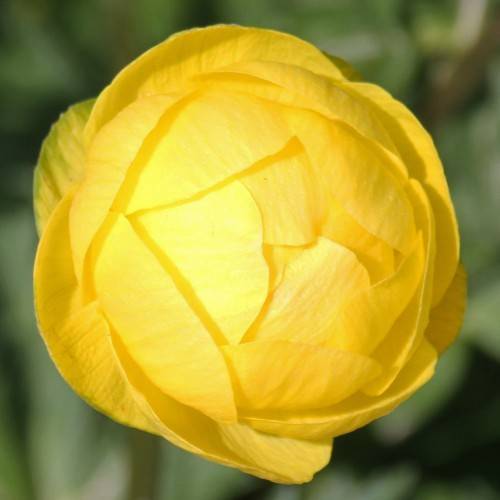
globe flower
Trollius cultorum
Cycle:
Herbaceous Perennial
Watering:
Frequent
Hardiness Zone:
3 - 7
Flowers:
Flowers
Sun:
Full sun,part shade
Leaf:
Yes
Growth Rate:
Low
Maintenance:
Low
Care Level:
Medium
watering
Globe flowers should be watered regularly, approximately twice a week during the growing season. During hot weather it may need to be watered more often. In late summer, the plant will enter into dormancy and require less water. Water deeply, and allow the soil to dry slightly between waterings. Water it at the base of the plant using a gentle stream from the hose. Avoid wetting the leaves, as this can cause fungal problems.
sunlight
Globe flowers thrive in full sun to partial shade with at least 4 hours of direct sunlight per day. They prefer moderate temperatures and can withstand fluctuations, though they do prefer winter temperatures that stay above freezing. During the plant's growing season, it should receive full or partial sun for at least 6 hours each day, but it can withstand up to 8 hours with proper drainage and adequate moisture. However, during the hottest periods of the season, full shade is recommended in order to protect the flowers from sunburn. Since Globe flowers have delicate petals, too much direct sun can cause the flowers to wilt or dry out.
pruning
Globe flower (Trollius cultorum) should be pruned once a year, in early spring after their leaves have begun to die. Cutting off the spent flowers and stems helps to promote new growth, and will keep the plant looking neat and vigorous. Deadheading will also encourage a longer flowering period throughout the spring. If the plants are becoming overgrown or out of shape, then some light pruning back of stems may also be beneficial. Remove no more than 1 third of the total stems, and take care to not remove too many of the younger, more vigorous stems. Leaving some of the old stems helps to maintain a good balance between new and old growth and ensures that the plant will remain vigorous and healthy.
